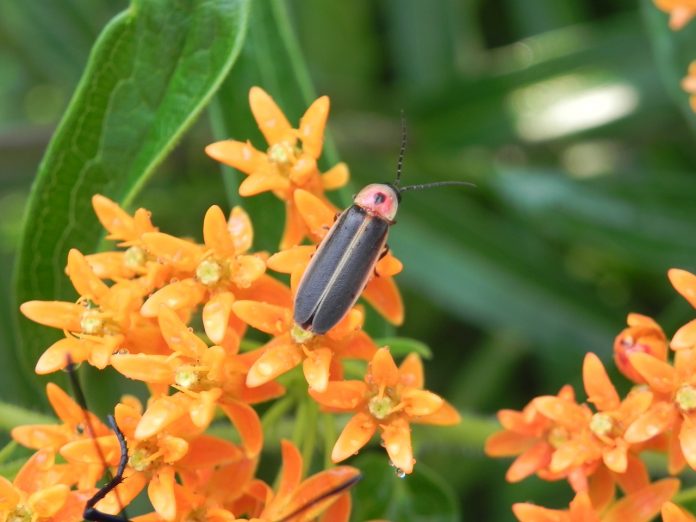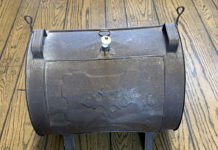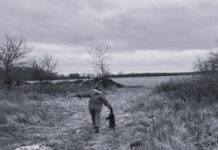In my eyes, there are many things that are synonymous with summer: the smell of a charcoal grill, the best sleep after swimming all day, bonfires and the tinkling sound of the ice cream truck coming up the street. All these experiences are great, but there is nothing that brings the nostalgia of summer quite like seeing the first flicker of fireflies at dusk.
To this day, I will immediately exclaim “lightning bug!” even if no one is my general vicinity. I may have even exclaimed it in the company of strangers which has garnered quite a few concerned stares.
However, in recent years, it seems to be that my exclamations of “lightning bug” are becoming fewer and fewer. Despite being one of our most beloved insects, little long-term research has been done on fireflies. One fact is for certain: they are declining. The questions to be asked are: why now and what can be done about it?
Why
As is most often the case with wildlife, the biggest threat to fireflies seems to be habitat loss. Most firefly species depend on wet habitats like wetlands, damp fields and streams. By modifying these habitats, humans not only disrupt their larval stage, but disrupt the prey they rely on to survive.
Light pollution is also a contributing factor. Almost all species of fireflies are the most active from dusk to morning relying on their bioluminescence to communicate, to ward off predators and most importantly, to find mates. Building lights, billboards, spotlights and even cars’ headlights can create this light pollution. These factors can obscure the fireflies’ natural sparkle and can make these important communications nearly impossible. Pesticides and herbicides can also have a negative impact on not only fireflies but their habitat and prey.
What can be done
Now that the “why” has been addressed, we now face the second question. What can we do about it? There are easy adjustments that anyone can make.
The first problem to be tackled is habitat. Set aside a part of your yard to “let go and get wild.” Leaving leaf litter lay, making a brush pile, creating a pollinator habitat or just letting the yard grow naturally can create important habitat needed for larvae and adults. Plus, you won’t have to mow as much of your yard. That is a win-win in my eyes.
The next issue is light pollution and the solution to that is as easy as turning off your outdoor lights. No, seriously, that is how easy it is. By turning off your outdoor lights, you can reduce the light that can disrupt imperative communications between potential mates. The last important step is to use pesticides and herbicides sparingly, or not at all if it can be avoided. By taking these three simple actions, you could greatly improve the fireflies’ chance of survival and bring the sparkle back to the summer sky.













